Fitonia Care: The colorful plant to fill your home with life
Fitonia
The Fitonia, also known as the "Nerve Plant," is a houseplant native to the tropical rainforests of Central and South America. With its vibrant leaves and unique patterns, the Fitonia is a perfect choice for those looking to add a touch of color and life to their home.
___________________________________________________________________________
Fitonia Care:
Light:
Fitonia prefers bright, indirect light. Place it near a filtered window or in a well-lit room. Avoid direct sunlight, as this can burn the delicate leaves.
Water:
Keep the substrate slightly moist. Water when the top layer of the substrate is dry, but avoid overwatering. Phytonia is sensitive to overwatering and can develop root rot.
Substratum:
Use a well-drained, organic-rich substrate for your Fitonia. A mixture of potting soil and peat works well. Make sure the substrate retains moisture but allows for good drainage.
Temperature:
Fitonia prefers warm, consistent temperatures, between 18°C and 26°C (65°F and 80°F). Avoid sudden temperature changes and protect the plant from cold drafts. It does not tolerate extremely low temperatures.
Humidity:
Fitonia thrives in humid environments. Spray the leaves regularly to increase humidity. You can place the pot on a tray of stones and water to create a more humid microclimate.
Toxicity:
Attention pet owners! Phytonia can be toxic to dogs and cats if ingested in large quantities. Keep your pets away from the plant and consult a veterinarian if ingested.
Additional:
Fitonia is a plant in constant motion. Its leaves fold and unfold in response to changes in light and humidity, giving it a unique "nervous" appearance.

___________________________________________________________________________
Common problems:
-
Wilting: Phytonia is sensitive to water stress and can wilt quickly if the substrate becomes too dry. Keep the substrate slightly moist and avoid letting it dry out completely.
-
Brown spots on leaves: Brown spots on leaves can be caused by excessive exposure to direct sunlight. Fitonia prefers bright, indirect light. Place it in a filtered location or away from windows to avoid leaf burn.
-
Yellowing leaves: Yellowing leaves on Fitonia may indicate overwatering, which can lead to root rot. Allow the substrate to dry slightly between waterings and avoid waterlogging.
-
Humidity Issues: Fitonia requires adequate humidity to maintain its vibrant foliage. If the environment is too dry, you can place the plant on a saucer of stones and water to increase the humidity.
-
Cold Sensitivity: Phytonia is sensitive to low temperatures. Avoid exposing it to cold drafts and place it in a warm, protected location during the cold months.




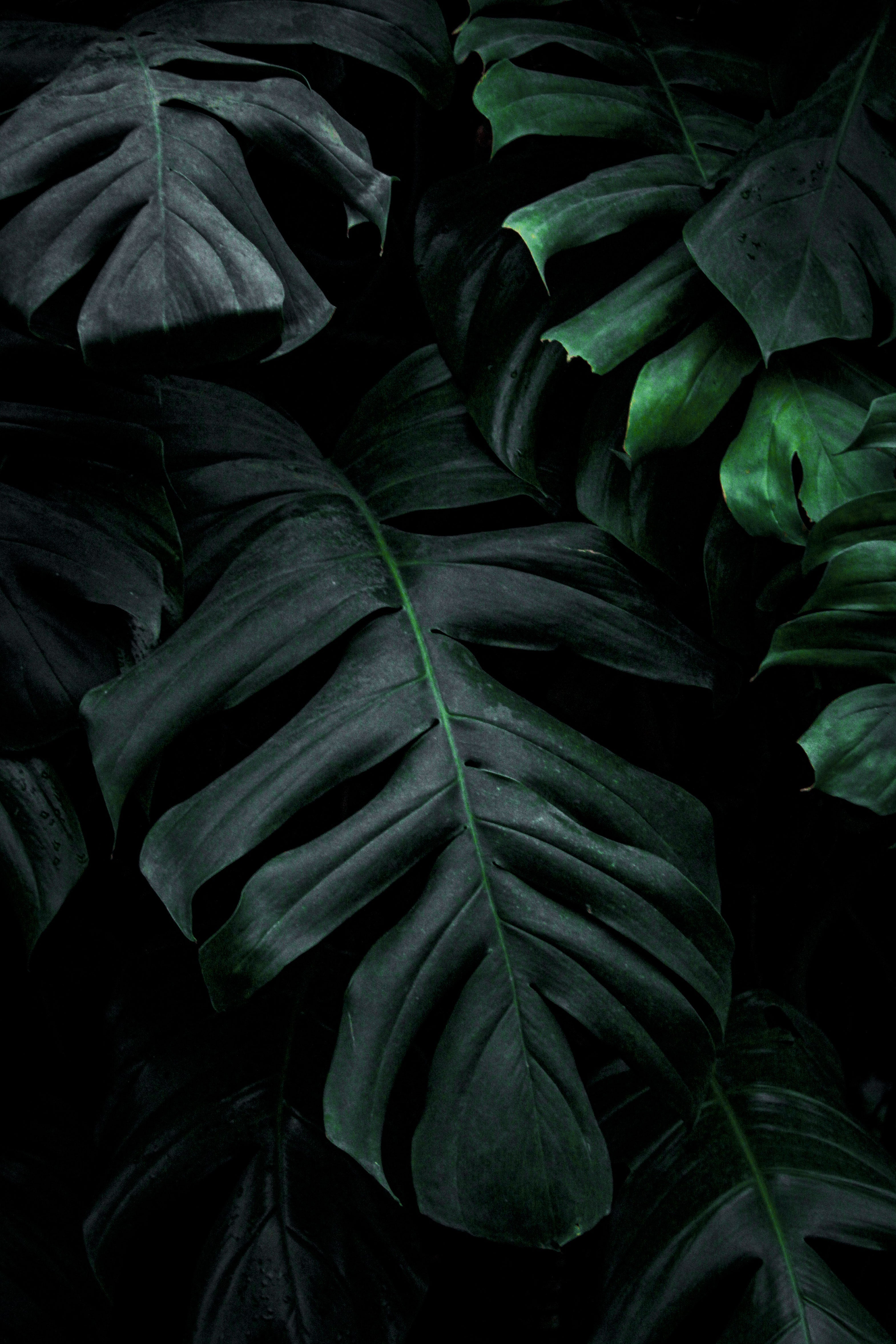
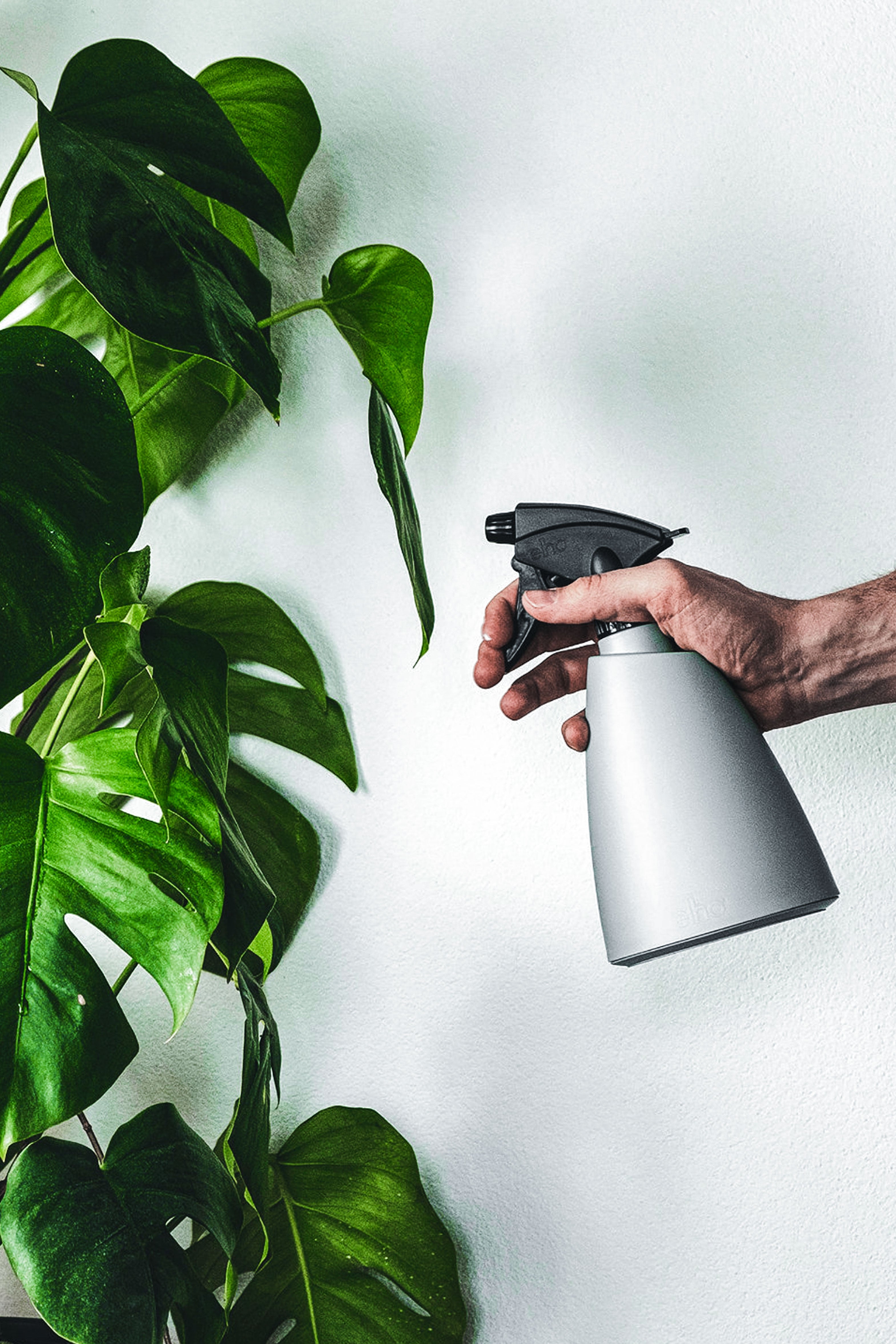
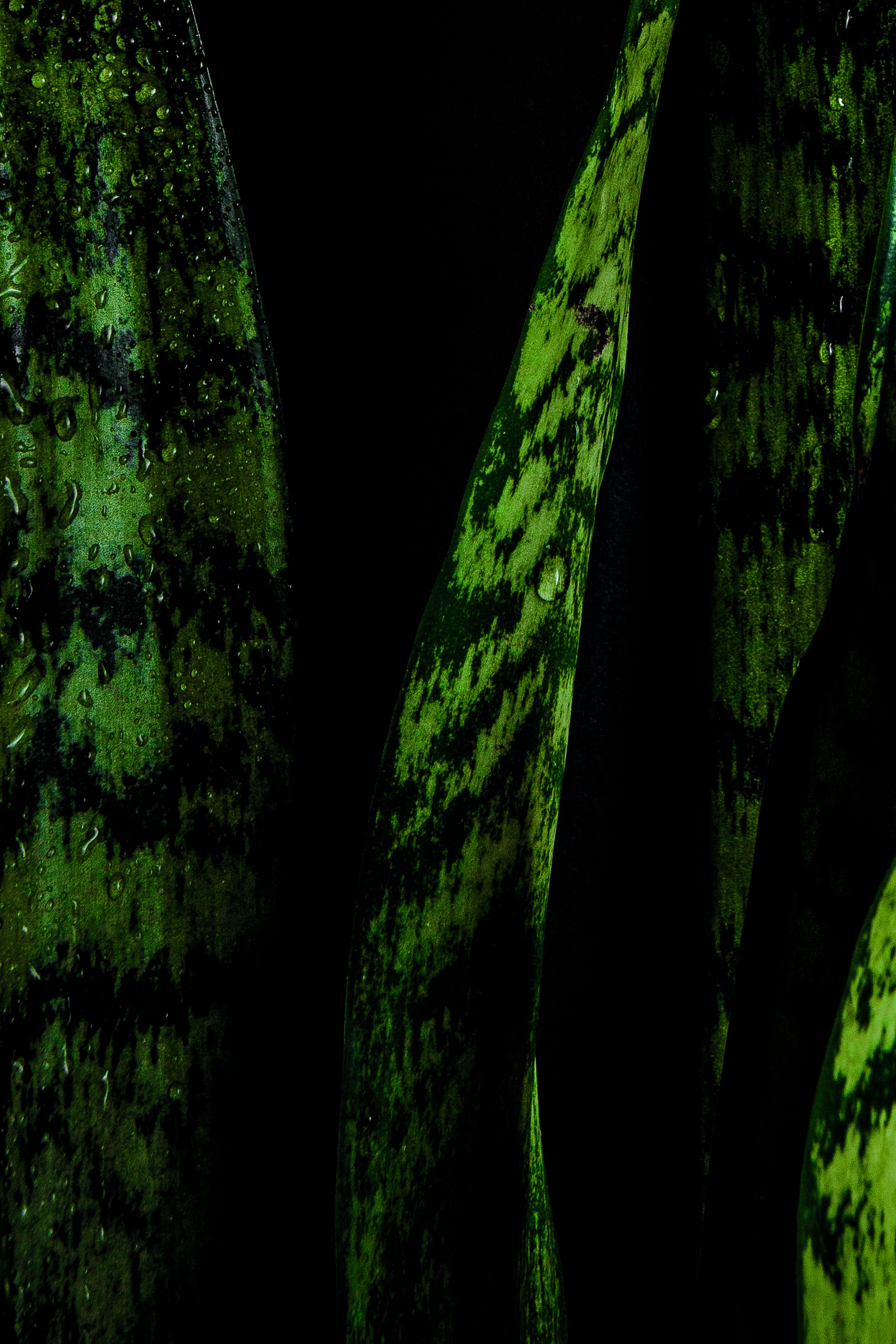
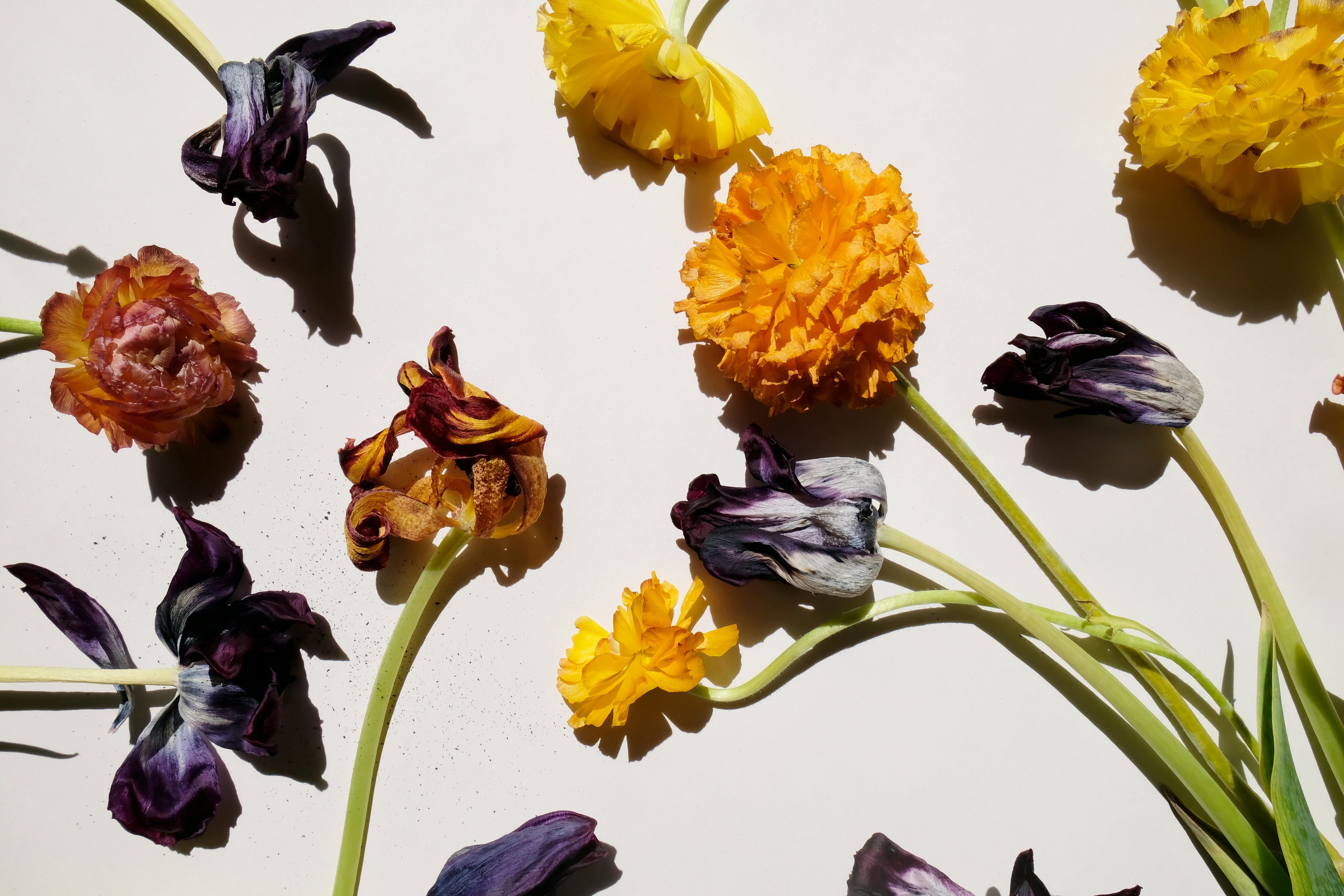
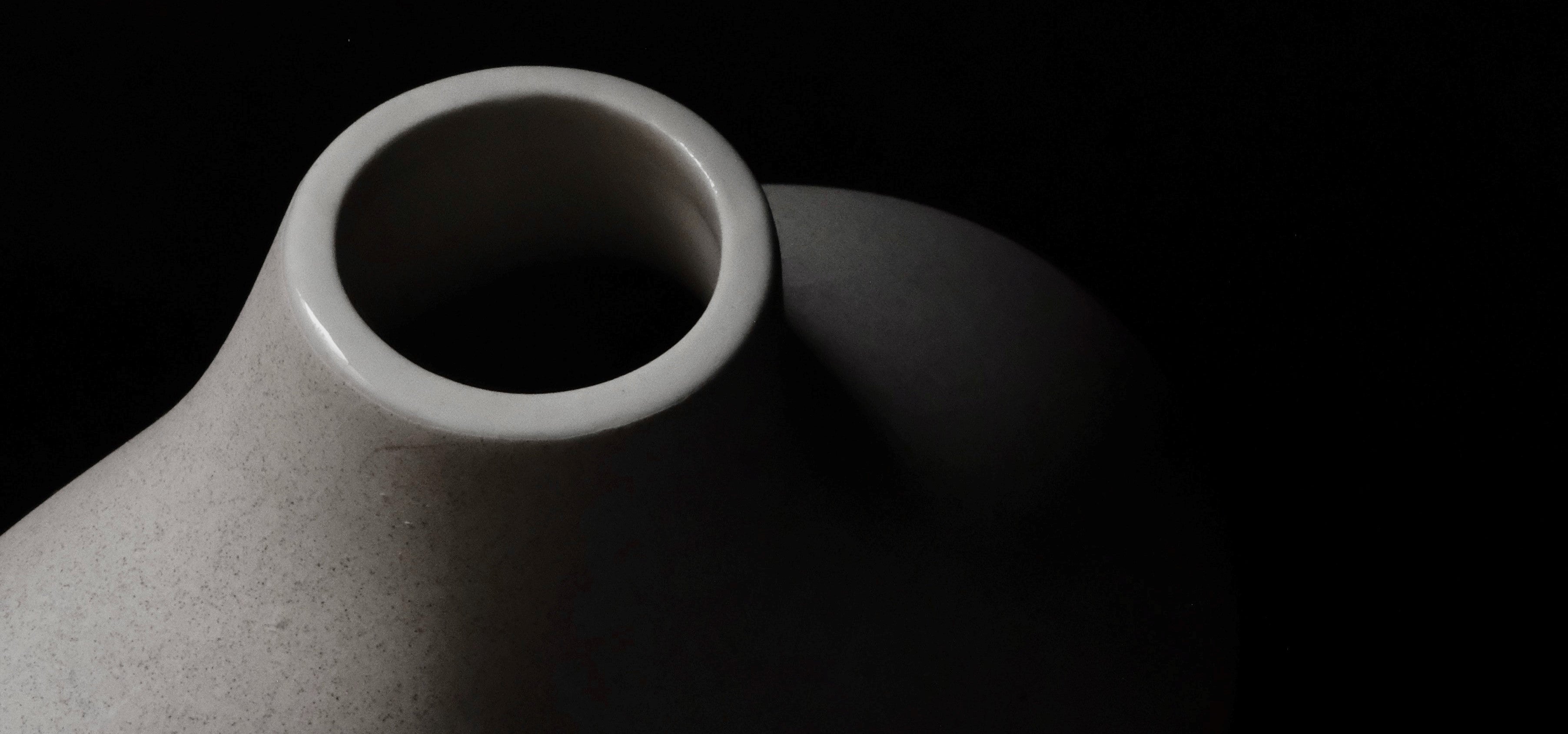
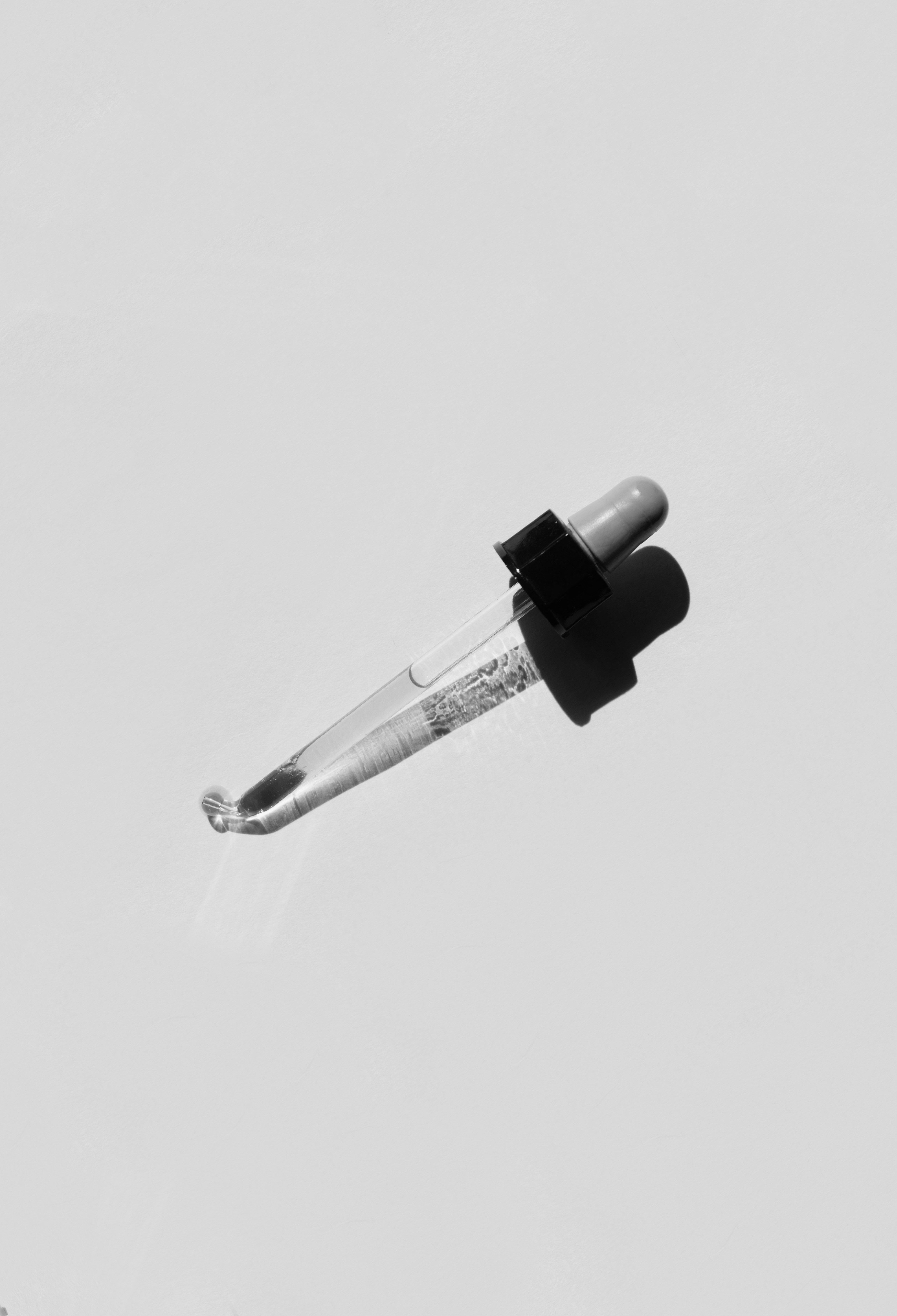
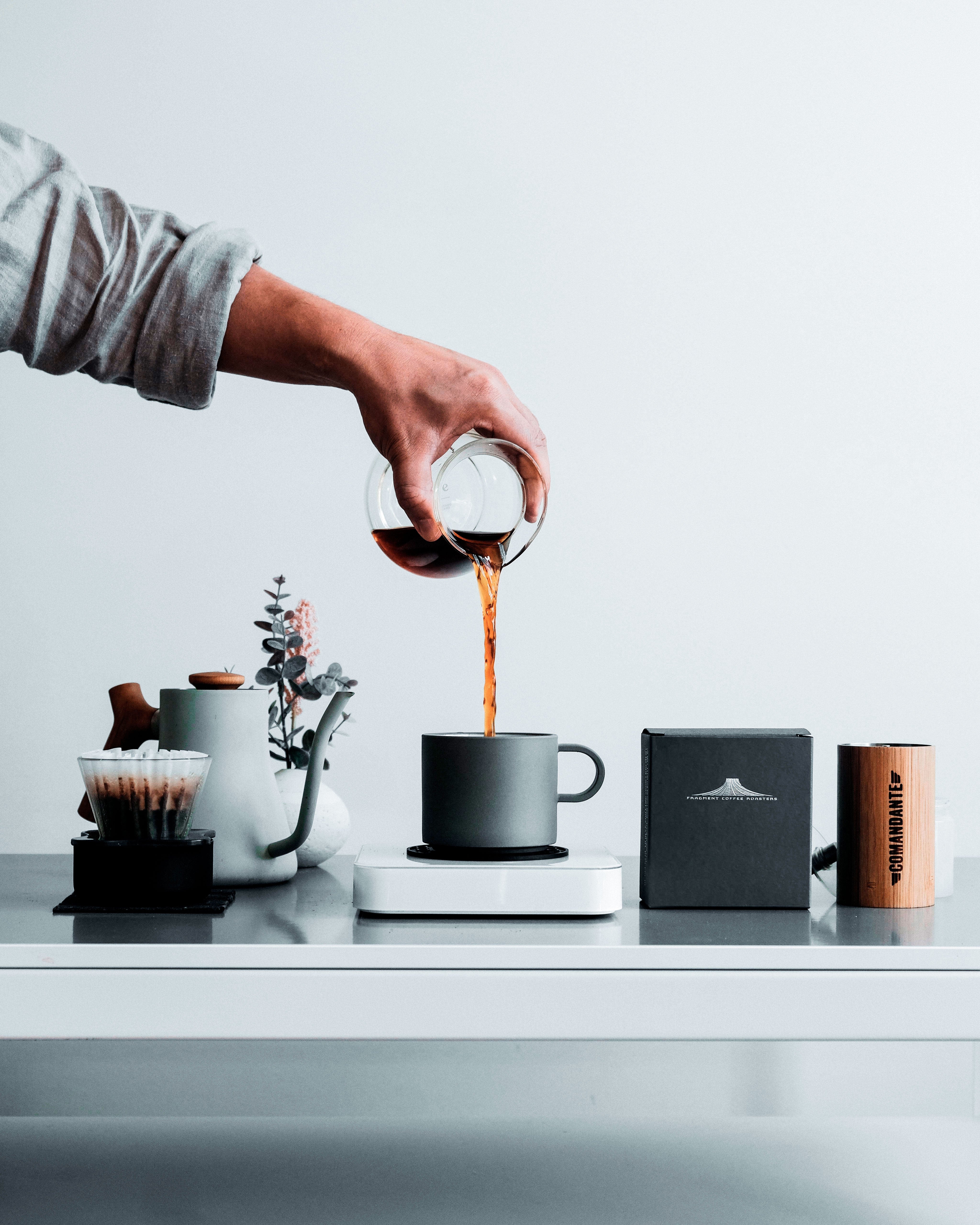
Leave a comment